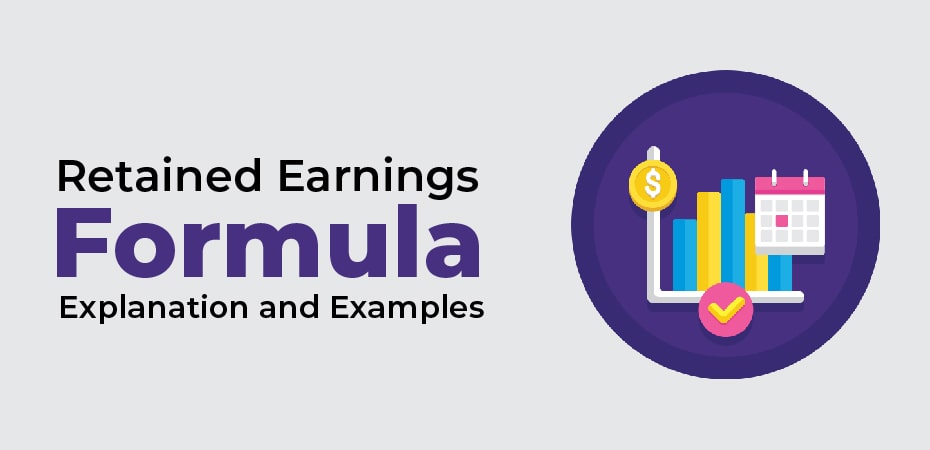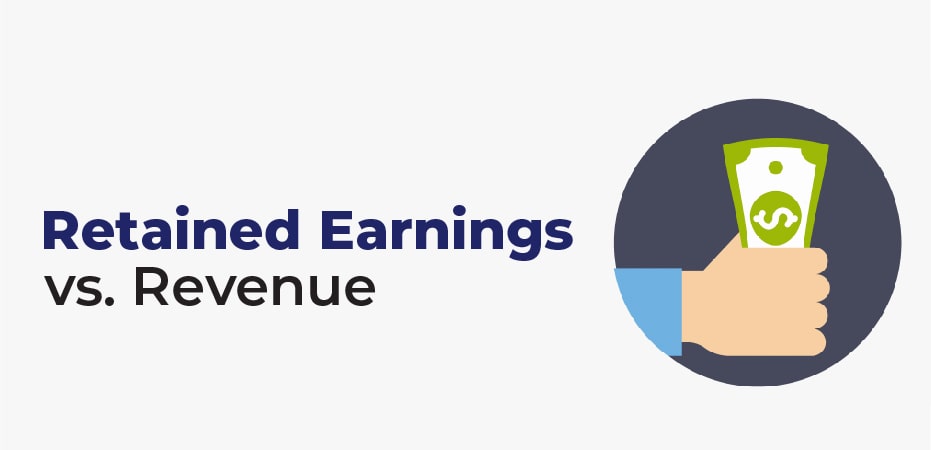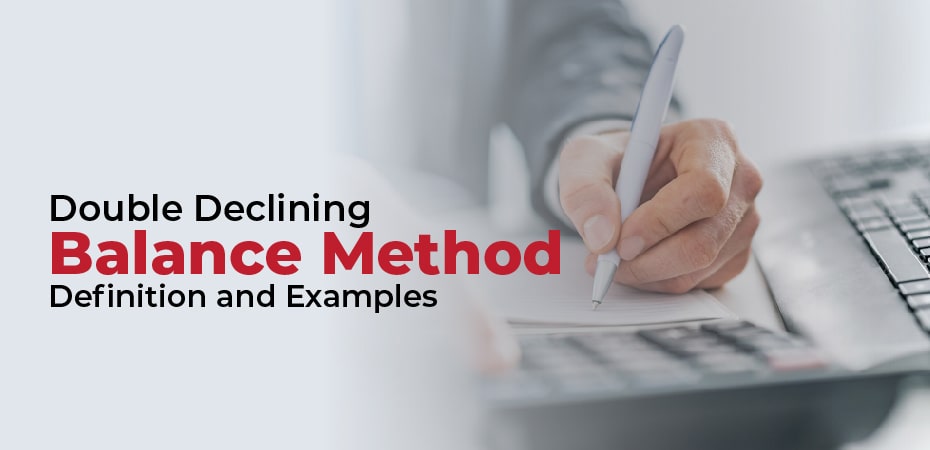
By definition, retained earnings are the company’s cumulative net earnings or profits after accounting for dividend payments. Also called earnings surplus, it represents the funds available to the company management for reinvestment. When expressed as a percentage of total earnings, it is also called the retention ratio equal to (1 – the dividend payout ratio).
What are Retained Earnings?
Retained earnings (RE) are accumulated profits that are not distributed as dividends to shareholders, but are instead reinvested in the business. Working capital and fixed asset purchases (capital expenditures) and debt repayment usually require these funds.
At the end of each accounting period, retained earnings are reported under the shareholders’ equity section of the balance sheet. In order to calculate RE, the beginning RE balance is added to net income or reduced by a net loss, and then dividends are subtracted. Retained earnings are also summarized in a report called a statement of retained earnings, in which the changes in RE over a specific period of time are summarized.

Dividends vs. Retained Earnings
In addition to cash dividends, stock dividends are also available. Both forms of distribution reduce retained earnings. Dividends paid in cash result in an outflow of cash, resulting in a net reduction on the books. By losing its dividends, the company has a reduced asset value on its balance sheet, which negatively impacts RE.
Stock dividends, on the other hand, do not result in a cash outflow, but they do transfer part of the retained earnings to common stock. For example, if a company gives one share as a dividend for each share held by investors, the price per share will be reduced by half because the number of shares will essentially double. Since announcing the stock dividend does not create any real value, the market price of each share is adjusted in proportion to the stock dividend.
Even if the increase in shares does not affect the company’s balance sheet because the market price is automatically adjusted, it decreases the per-share valuation, which is reflected in capital accounts, thus affecting the RE.
Growing companies may not pay dividends or may pay tiny amounts because they may use retained earnings to fund activities such as research and development, marketing, working capital requirements, capital expenditures, and acquisitions to achieve further growth. Retained earnings can become very high overtime in such companies.
Often, a maturing company does not have many high-return projects to use the surplus cash, so it prefers to pay dividends. Typically, such companies have low returns on equity.

Retained Earnings vs. Revenue
Both revenue and retained earnings are essential in evaluating a company’s financial health, but they highlight different aspects of the economic picture. A company’s revenue sits at the top of the income statement and is often described as its “top line” when describing its financial results.
The revenue generated by a company during a period is the amount before operating expenses and overhead costs are deducted. Because gross sales are determined before deductions, revenue is also known as gross sales in some industries.
The retained earnings of a company are the earnings that are saved for future use out of the cumulative profit of the company. At a later time, retained earnings could be used to fund an expansion or to pay dividends to shareholders. Earnings retained by a company over time are referred to as retained earnings, and are based on net (as opposed to gross) income.
The Purpose of Retained Earnings
As retained earnings are recorded within shareholders’ equity, which links the income statement and the balance sheet, retained earnings act as a helpful link between the two. These profits can be retained for many purposes including buying new equipment and machines, spending on research and development, or engaging in other activities that could generate growth for the company. Through this reinvestment in the company, the company hopes to earn even more future profits.
Suppose a company doesn’t believe its retained earnings can earn a sufficient return (that is, more than its cost of capital). The company will then often distribute those earnings to shareholders as dividends or conduct a share buyback.
What is the Retained Earnings Formula?
The RE formula is as follows:
RE = Start Period RE + Net Income/Loss – Cash Dividends – Stock Dividends
Where RE = Retained Earnings
Beginning of Period Retained Earnings
The retained earnings are reported on the balance sheet at the end of each accounting period as accumulated income from the prior year (including the current year’s income) less dividends paid to shareholders. Within the next accounting cycle, the remaining retained earnings ending balance will become the retained earnings beginning balance.
RE balances are not always positive, as they can reflect a greater net loss in the current period than the RE balance at the beginning. Alternatively, a large distribution of dividends that exceeds the retained earnings balance can cause it to go negative.
How Net Income Impacts Retained Earnings
Any changes or movements in net income will directly impact the RE balance. Business profitability and deficit are determined by factors such as an increase or decrease in net income and the occurrence of a net loss. The Retained Earnings account can be negative due to significant, cumulative net losses. Naturally, the identical items that affect net income affect RE.
Other operating expenses include sales revenue, cost of goods sold, and depreciation. Non-cash items such as write-downs or impairments and stock-based compensation also affect the account.
How Dividends Impact Retained Earnings
Dividend distributions can be made in the form of cash or stock. Either form can reduce the value of RE for the business. A cash dividend represents a cash outflow and is recorded as a reduction in the cash account. These reduce the size of a company’s balance sheet and asset value as it no longer owns part of its liquid assets.
Stock dividends, however, do not require cash outflows. They instead reallocate a portion of the RE to common stock and additional paid-in capital accounts. Stocks per share do not decrease as a result of this allocation, but the overall size of the company’s balance sheet does.







